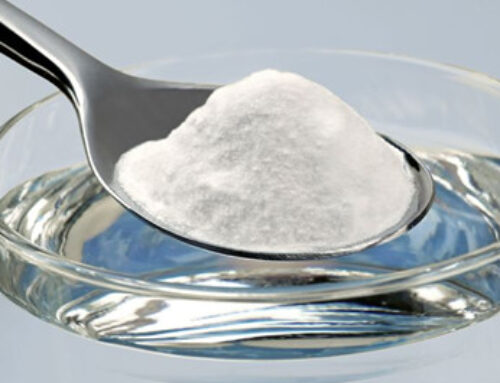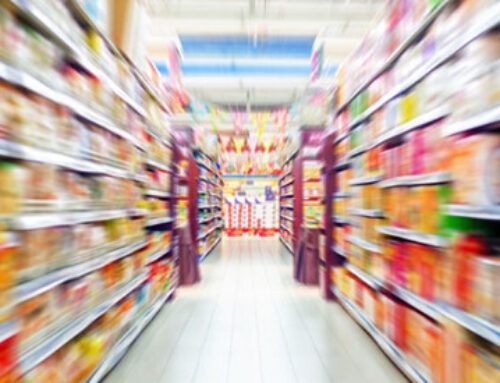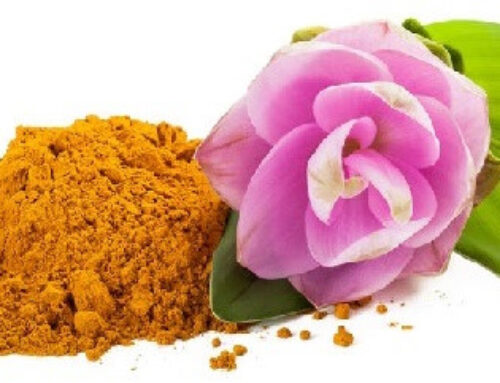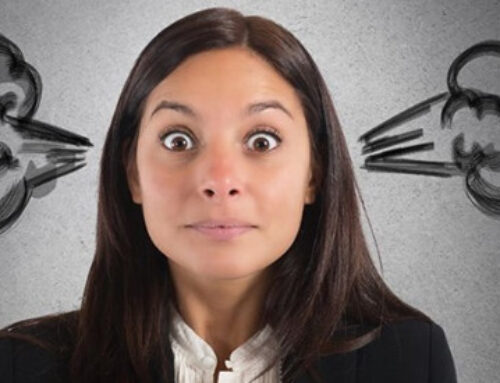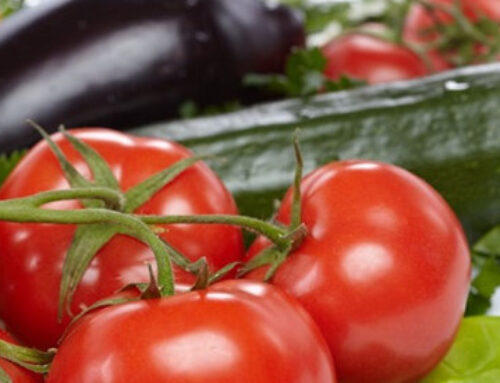Humans can survive without a gallbladder, but this organ does much more than we might realize. This article will cover some of the gallbladder’s essential functions, as well as provide recommendations for long-term health of this important, and under-appreciated, organ.
The gallbladder is an organ most people do not give much thought to. Most of us don’t think about it at all; at least not in the way we think about how important our heart and our lungs are. We all know we cannot live without certain organs. But what about the gallbladder? It is one of the most common organs removed in the U.S., but can we really live without our gallbladder and maintain a good quality of life?
Our gallbladder is a wonderful little organ that functions like a reservoir, holding bile until it is needed for the digestion of fat in our meal. Our body has evolved to break down dietary fat and it uses bile for this process. Healthy bile is made in the liver from cholesterol and fat. It collects in the gallbladder, where it is stored until it is called upon to break down fat in your meal. The quality and the liquidity of bile is important in its ability to do this job. Thick or sludgy bile cannot break down fats in the diet and sludgy bile is not easily released from the gallbladder. A large amount of fat in a meal triggers a large release of bile, and smaller amounts of fat trigger smaller amounts of bile. Regularly consuming healthy fat keeps the gallbladder healthy and functioning well. What happens if you consistently consume a low fat or non-fat diet? In this case, the trigger to release bile does not take place and bile, over time, sits in the gallbladder and thickens, eventually becoming impossible for the gallbladder to squeeze out when the need calls for it.
Gallbladder disease is very common in our country. Part of the problem, of course, is our diet, which promotes sickness and disease throughout the body, especially in the gallbladder. The many types of processed fats that are ubiquitous in processed foods are to blame. We have an organ designed specifically for the breakdown of fats! This is important to note if you believe a low fat diet is the healthiest diet. Low fat or no-fat dieting is probably one of the biggest contributors to the epidemic of gallbladder disease.
The other factor contributing to gallbladder disease is a cultural belief not based on scientific fact that to maintain cardiovascular health, it is important to substitute new vegetable fats or polyunsaturated fats for the fats our ancestors have consumed since the beginning of mankind. The diet dictocrates have been telling us for decades that polyunsaturated fats are important for cardiovascular health. These “new” fats have been introduced into the human diet in the last 100 years or less (vegetable oils, including canola, corn, soy, cottonseed, hydrogenated and partially hydrogenated oils ). Due to their extremely fragile nature, these oils become rancid almost immediately upon processing. They are not only unfit for human consumption, they are downright dangerous, as our body has no way of properly metabolizing these types of inflammatory fats. (See my article: The Bad Fat)
A diet in which chemical fats like margarine and Crisco are consumed, often in the form of cookies, crackers and other junk foods from the snack aisle, even the small amount of non-dairy creamer used in coffee, are considered artificial chemical fats, are toxic to the human body, and promote inflammation, sickness and especially gallbladder disease. These fats jam up the liver and the gallbladder by making bile that is thick in consistency and increases the risk of gallstones. These artificial food items need to be completely eliminated from the diet if healing is to take place.
There are many reasons why easily-digested, healthy fats are important in the diet. A big one is the essential need for well-constructed cellular membranes. Did you know that every cell in your body has a membrane around it? This membrane is referred to as the phospholipid membrane and it is made from the fats we consume. It is important that this membrane is made from the right kinds of fats. Our body does a lots of communicating through its cells. Lots of information is passed along from cell to cell and this process needs to happen efficiently. When the membrane is made up of the wrong ratio or wrong kinds of fatty acids due to an unhealthy diet, this cell-to-cell communication cannot take place effectively. Lack of proper cell-to-cell communication causes disease at the cellular level. This is how we get sick.
Another reason we need a gallbladder and quality bile is because bile, being very caustic in nature, kills bacteria in the small intestine and is an important part of phase three detoxification. We need that bile to drain through our digestive tract intact. It moves waste and toxins that have accumulated in the liver out of the body. This river of bile is one very important way we rid our bodies of the toxins we accumulate from the air we breathe, the food we eat and the water we drink, not to mention the toxins from our medications and the ones we come into contact with in our environment. If this important drainage pathway is blocked due to thick, sludgy bile or a gallbladder that is full of stones, we experience toxic buildup in our body. This leads to exhaustion, depression, inflammation, low immune system functioning and other health problems, and is sometimes referred to as cholestasis, stagnant or congested gallbladder.
The river of bile is important for another reason. As I mentioned above, it is used to clean out the small intestine of bacteria. The small intestine is relatively low in bacteria, or at least it should be. The colon, however, is a microbial soup, which is how it should be. When we have too much bacteria in the small intestine, it can cause a fairly common disorder called small intestinal bacterial overgrowth (SIBO), which I have talked about in past newsletters. We do not want these microbes growing and multiplying in our small intestine; instead, we want them in our large intestine where they belong. (See my article: A Gut Feeling: How the bacteria within directly affects your health )
When the small intestine becomes overgrown with bacteria, it causes gas, bloating and probably most concerning maldigestion, which causes malnutrition. The overgrowth of intestinal microbes ferment the foods we eat, instead of allowing the enterocytes (aka microvilli) to manufacture the enzymes necessary for complete digestion. It is a beautiful thing when it all works in concert and we are experiencing optimal health. We truly need a healthy, intact gallbladder for this process to take place, which brings us to the idea of gallbladder removal.
I am always saddened when a client comes to me with health problems and they have had organs removed. It is impossible to repair something that has been taken out. I believe that most of the issues people experience with their gallbladder can be resolved with a change in diet and some wonderful, old fashioned gallbladder remedies. Removing unhealthy fats from the diet and adding back in some of the fats that are proven to be health-promoting is the first step. Some people will have a very difficult time adding fats back in the diet after years of avoiding fats, but small amounts of raw, organic coconut oil is a wonderful place to start. Coconut oil contains medium-chain fatty acids, which do not require bile for digestion. Thus, it allows the gallbladder to begin to heal.
Another excellent choice is to take good, strong herbal bitters. Bitters were commonly used for digestion and to stimulate bile production a hundred years ago. If digestive bitters were a prescription, they would be used by everyone. But they are a natural substance and therefore un-patentable. There is no money in it for big pharma, therefore it is a remedy that is usually suggested only by your alternative healthcare practitioner. Taken 2-3 times a day, bitters stimulate bile production and encourage the gallbladder to contract, which moves stagnant bile out and allows fresh, healthy bile to move into the gallbladder. There is nothing better for healing the gallbladder than old-fashioned bitters, in my opinion.
The magic of phosphatidylcholine
Phosphatidylcholine, also known as lecithin, is a yellow-brownish fatty substance. Although not a nutrient many people know about, it is worth taking the time to learn more about it. It is found in the yolk of eggs, among other foods. Phosphatidylcholine is an integral component in every cell and is found primarily in the cell membrane. It facilitates crucial cell-to-cell communication, which I talked about above. It also plays a big role in fluidizing bile, made in the liver, so a deficiency in this nutrient can cause problems with the quality of your bile. Unfortunately, many of us are deficient in this nutrient. Taking a quality phosphatidylcholine supplement can be part of a good protocol to help rebuild healthy bile production in the liver, and it just happens to help with memory, nerve signaling and fat metabolism as well.
Having the gallbladder removed without much thought about how your body will need to compensate for the loss can be incredibly destructive. All our organs are important, but the medical industry’s approach to epidemic gallbladder issues leaves little room for other options. Never have your gallbladder removed without first considering a repair protocol. Most gallbladders could be repaired with diet, supplementation and a bit of patience for healing results to take place.
An annual, gentle liver and gallbladder cleanse may help prevent the removal of a diseased gallbladder. And, of course, removing processed foods from the diet can prevent a dysfunctional gallbladder in the first place. If you have already had your gallbladder removed, it would be helpful to consult with your alternative practitioner to learn what you can do to compensate for the loss of this important organ, and the role it plays in fat digestion and metabolism.
Additional Resources:
- To purchase Phosphatidylcholine, visit this website
- For more information about gall bladder removal, visit this website






